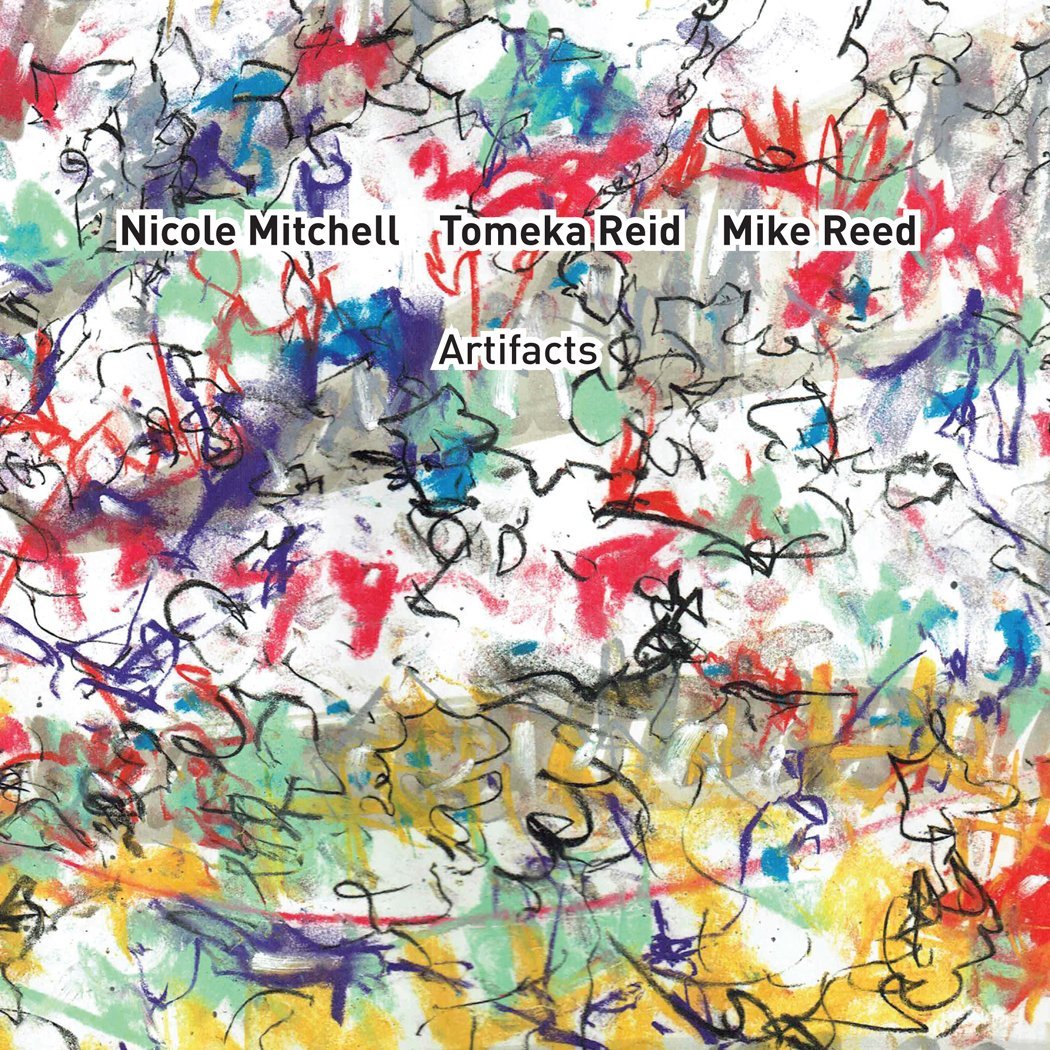
Nicole Mitchell, Tomeka Reid, & Mike Reed, “Composition 23b,” Artifacts, 2015.
Sō Percussion: Steve Reich’s “Music for Pieces of Wood”
Summertime
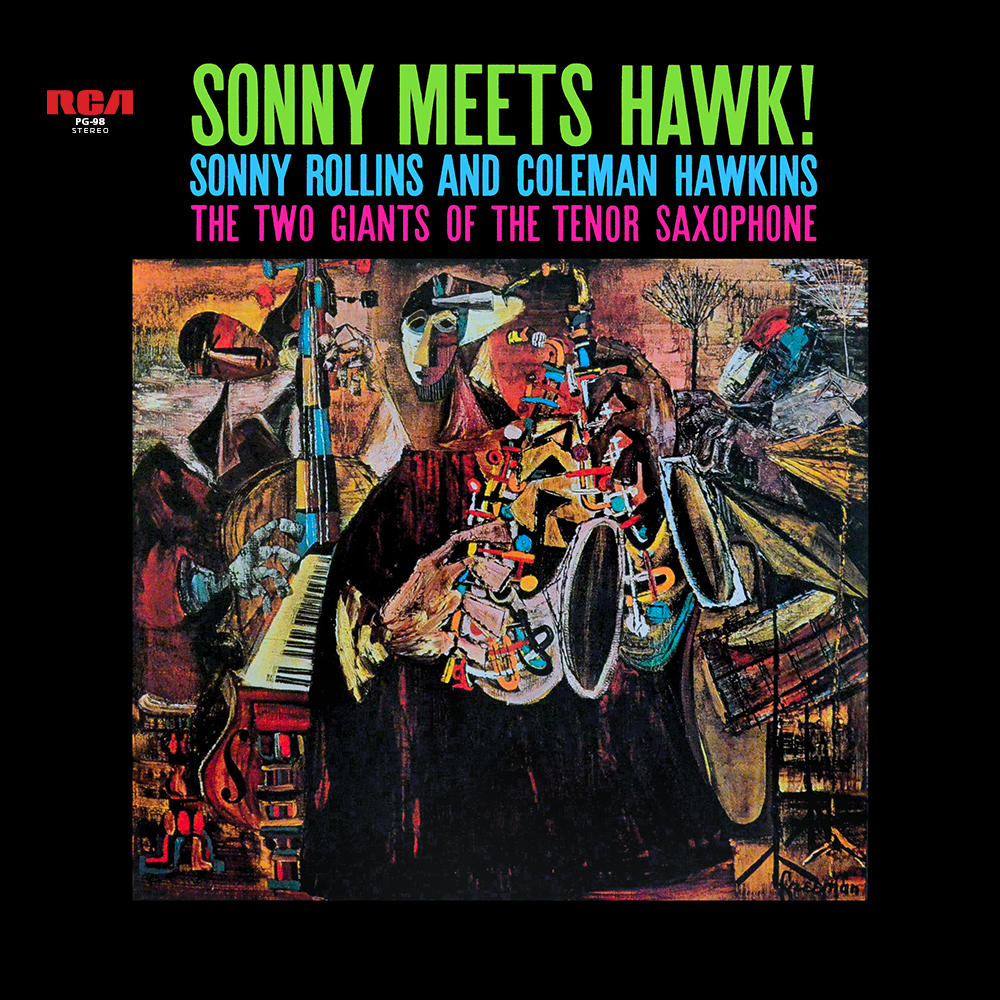
Sonny Rollins (Quintet with Coleman Hawkins), “Summertime,” Sonny Meets Hawk!, 1963.
Inspiration: Happiness
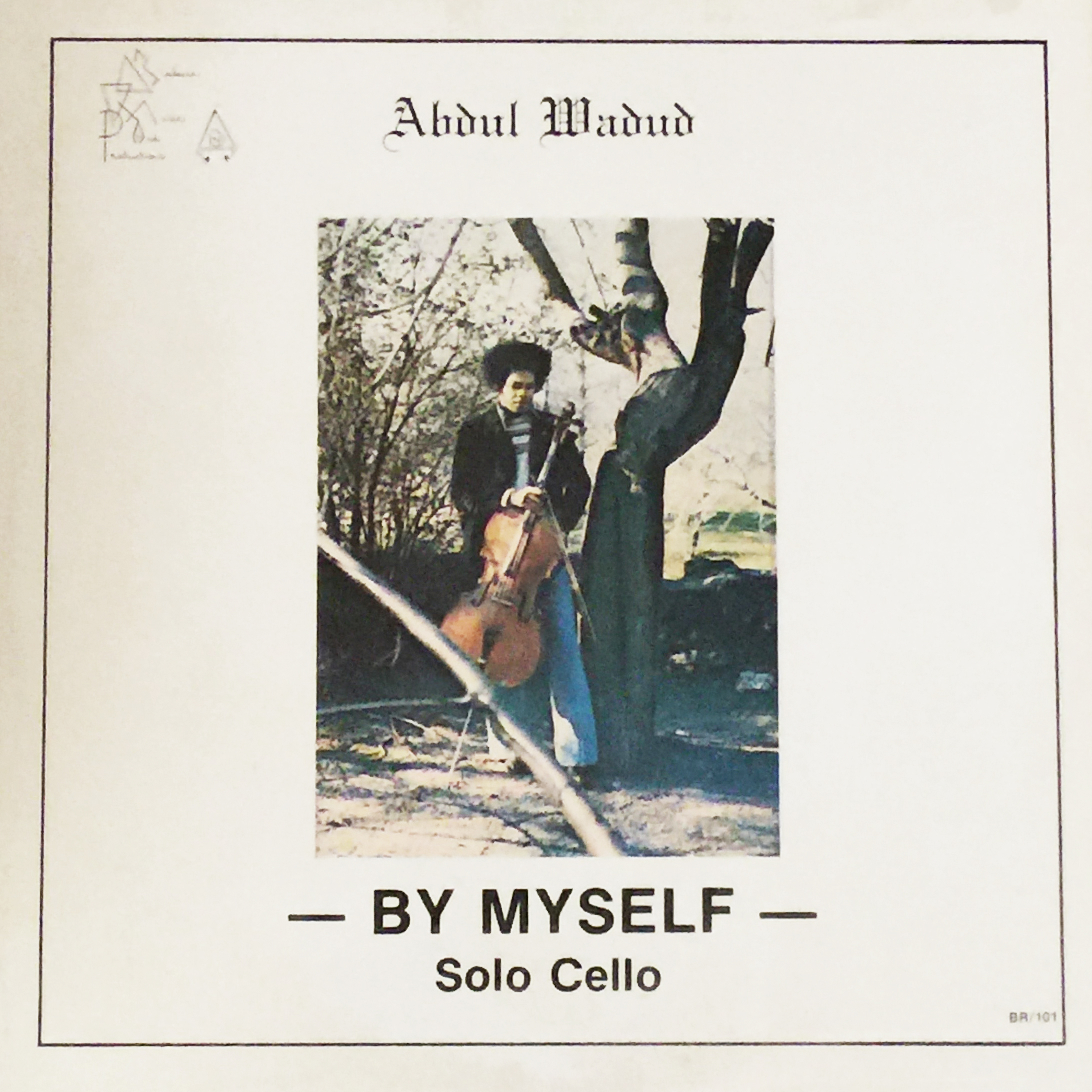
Abdul Wadud, “Happiness,” By Myself: Solo Cello, 1977.
“I hear the ‘Cello’ as being percussive, chordal, linear, in a group improvisation context, and capable of many effects. In short I hear it as an ‘instrument,’ and not as the ‘accustomed sweet sounding instrument’ which tends to stifle a whole new world of music.”
Caché
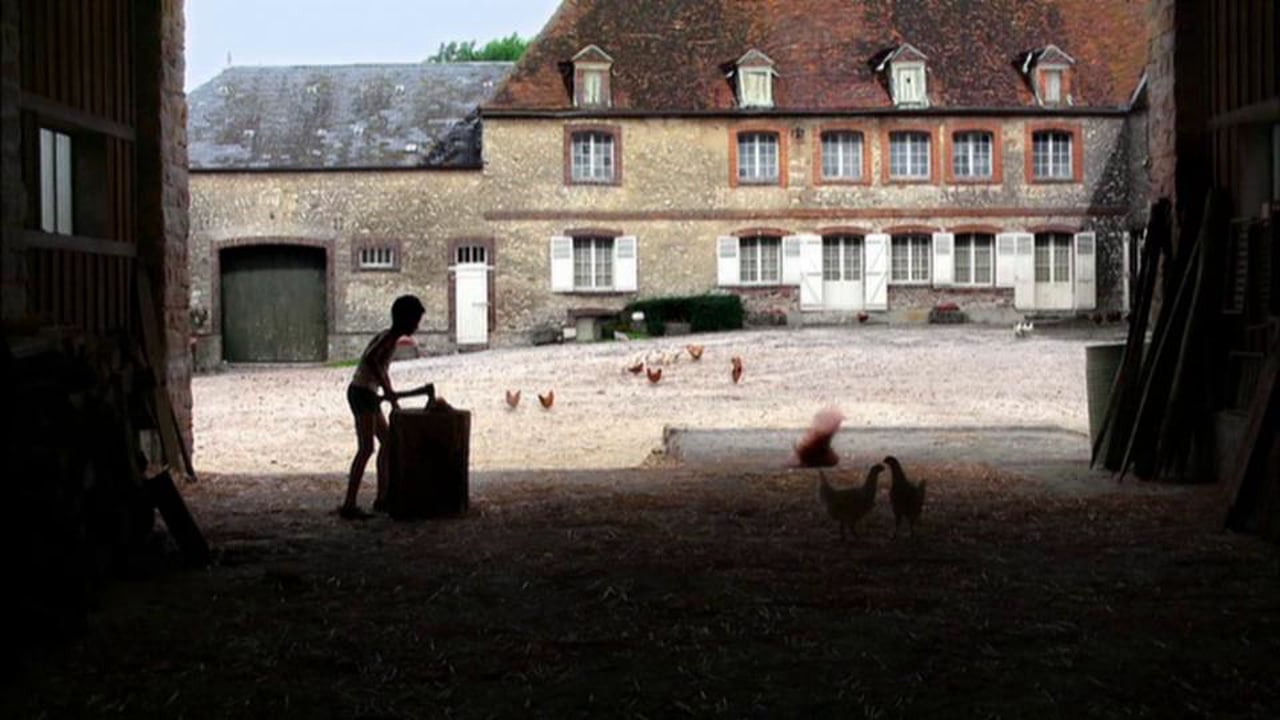
Michael Haneke, Caché, 2005.
Current Reading
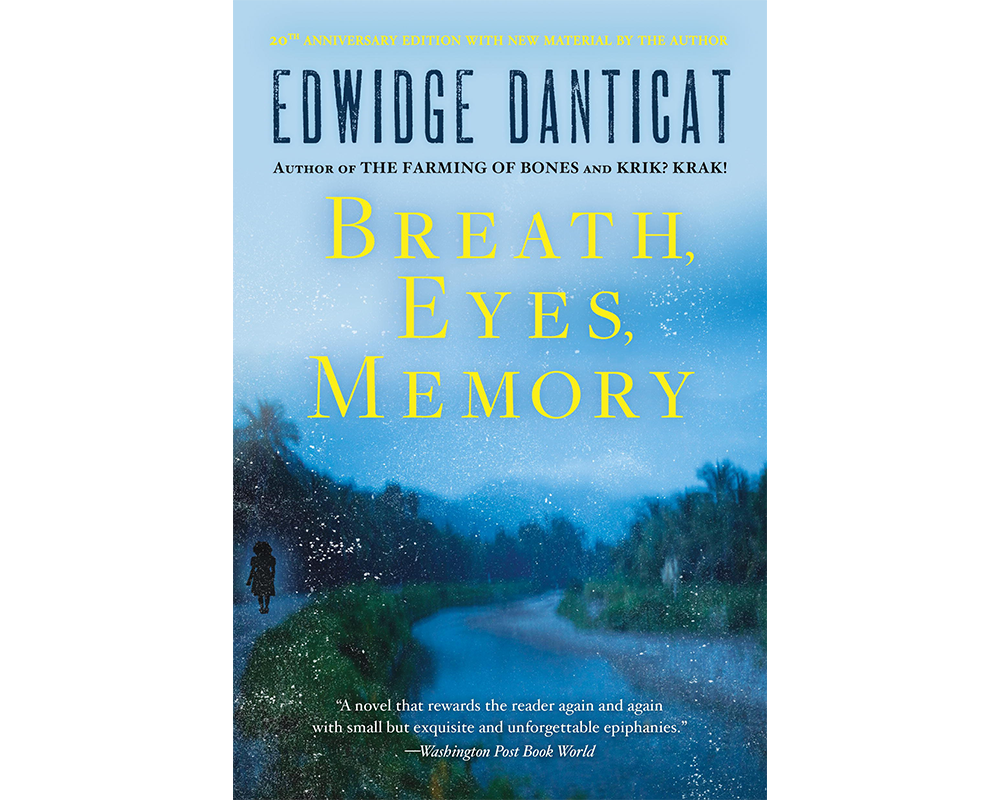
Current Reading

Current Reading

Current Reading

The Crystal Glow of the River
